What information is required for using RAST – Risk Analysis Screening Tool?
RAST allows users to provide input on the chemicals involved, the reactivity data equipment type, operating conditions (e.g., pressures, temperatures), and facility layout. RAST then provides an initial list of risk scenarios based on generic Hazards and Operability (HAZOP) information, estimates "worst" consequences and creates a Layer of Protection (LOPA) worksheet for the risk scenarios selected by the user. The following information is entered and used for the risk screening evaluations in RAST: • Chemical material safety data, including chemical reactivity data, either from a prepopulated list within RAST or by user-defined and entered information, • Type of equipment and specific equipment characteristics (used when evaluating failure mechanisms, failure likelihoods, and potential release rates), • Processing conditions (such as temperatures, pressures, etc.), and • Facility layout information (used to evaluate dispersion characteristics and distances).
Duiding score:
Duiding:
RAST assists with hazard identification, scenario development, consequence evaluation, and risk analysis. Starting at the level of equipment or activity, the Excel tool identifies chemical and process hazards. Then it determines what can go wrong by developing scenarios, how bad it could be by analysing consequences and how often it might happen by estimating frequencies. Subsequently, risk tolerance is determined and where needed additional safeguards can be implemented. RAST is supported by a free 126 page user manual and an Excel based CHEF calculation aid.
Doelgroep(en):
- HSE managers
Risicothema:
- Process Safety - Asset Integrity Management - Algemeen
- Risk | Control | Assurance - Algemeen
| Categorie | Uitgever | Maker | Taal |
|---|---|---|---|
|
Veelgestelde vraag (FAQ) |
- |
AIChE Center for Chemical Process Safety (CCPS) European Process Safety Centre (EPSC) |
English |

